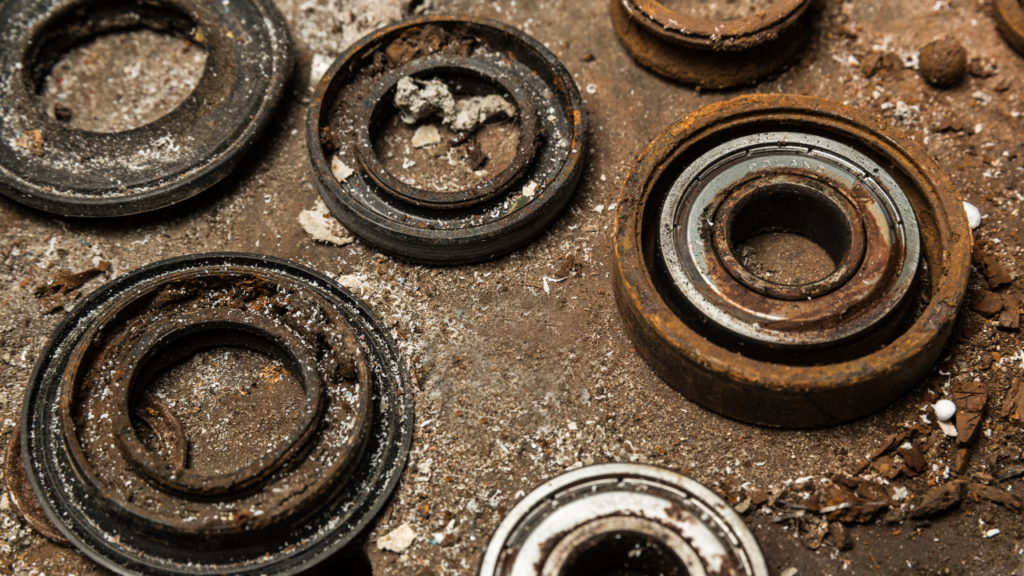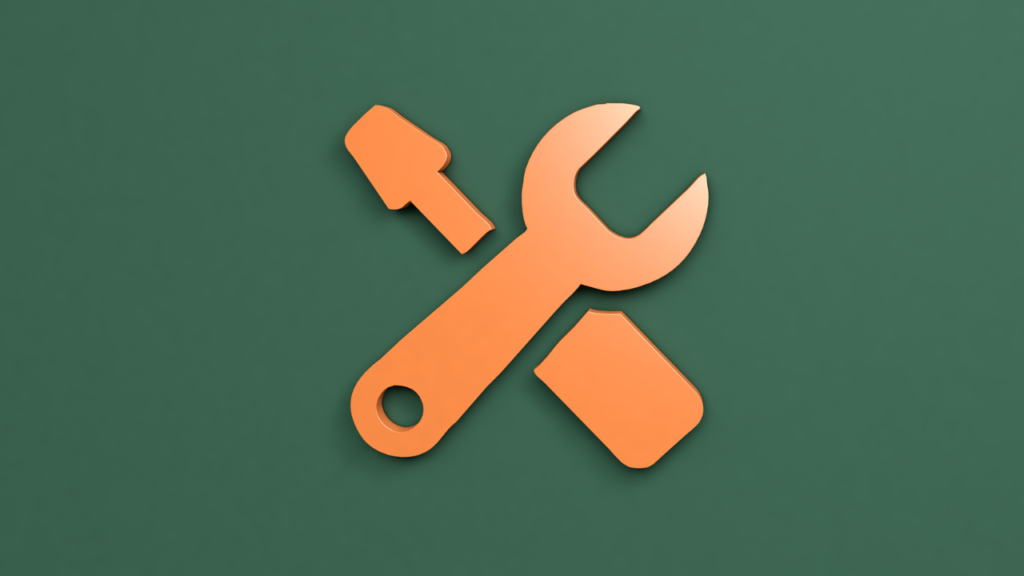
Hydraulic Systems Hack! Preventative Maintenance Checklist
Plain and simple: there’s a lot that goes into a preventative maintenance program for hydraulic systems. While it’s a discipline that’s very basic and uncomplicated when you boil it down, there are many tests that need to be performed and plenty of steps where something can be done incorrectly, so it’s critical to the health of your machine that all are done regularly and properly. In order to do this, it’s important that both the system and hydraulic fluid are taken care of, as your fluid and systems are completely interdependent.











